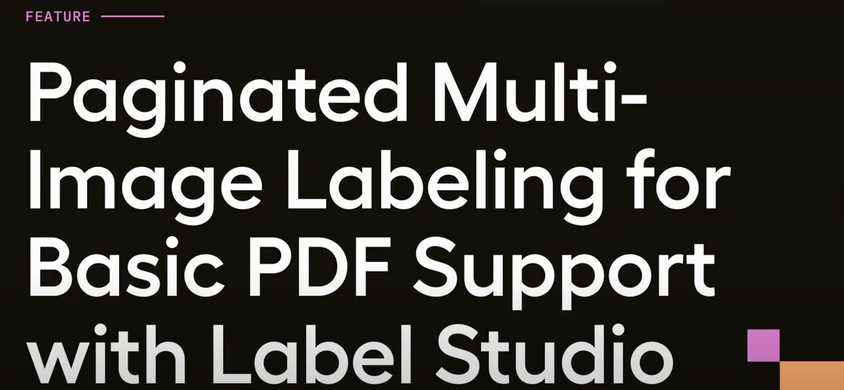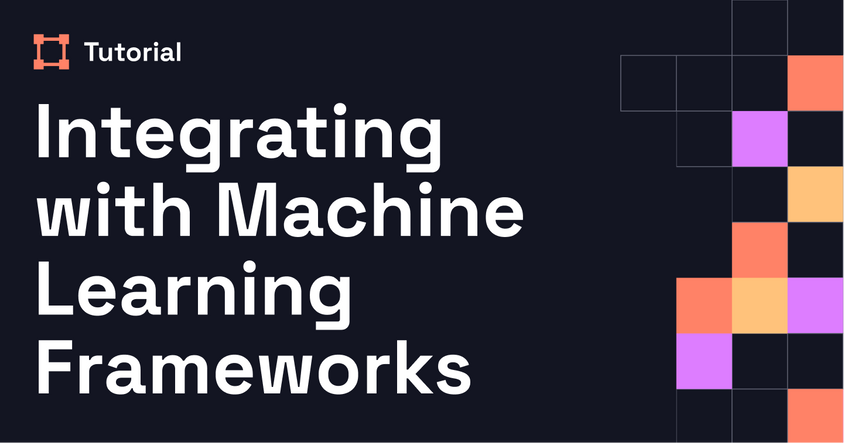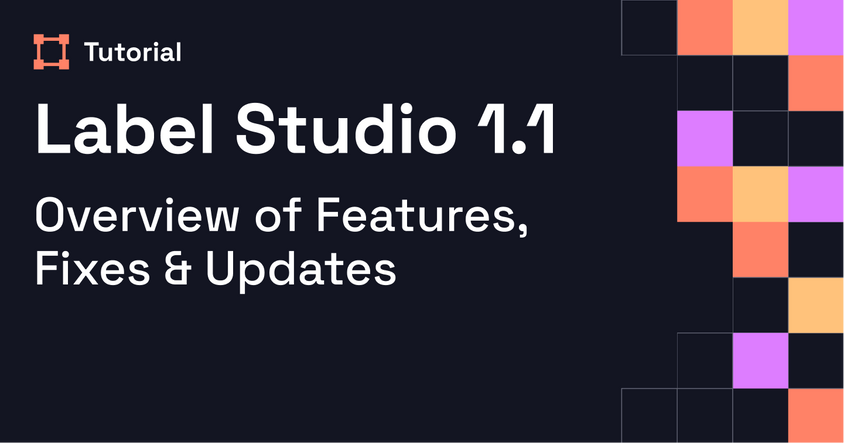In the Loop: LLM-as-a-Judge
In this episode of In The Loop, Micaela Kaplan explores the benefits, risks, and best practices of using LLMs as judges—and how to keep your evaluations reliable and bias-aware.
Transcript
Hi, I’m Micaela Kaplan, the ML Evangelist at HumanSignal, and this is In The Loop—the series where we help you stay in the loop with all things data science and AI.
This week, we’re exploring the pros and cons of using LLMs as judges and how to maintain trustworthy, accurate evaluation systems.
Traditionally, we evaluate models by creating labeled datasets and holding out a portion for testing. These test sets, which the model hasn’t seen during training, let us measure performance using metrics like precision, recall, and F1 score. The downside? Human-labeled test sets are time-consuming and expensive to build—especially for complex tasks.
LLM as a judge emerged around 2023 as a potential solution. The idea is to use a large language model to evaluate the outputs of other models—or even itself. LLMs are faster and cheaper than humans, offering a more scalable way to assess model performance.
However, LLM-as-a-judge introduces concerns. Since LLMs often share architecture or training data with the models they're judging, it's like asking a student to grade their own paper—they might not recognize their own weaknesses.
Known Biases in LLM-as-a-Judge
- Position bias: Prefers the first item in a list
- Verbosity bias: Favors longer responses
- Self-enhancement bias: Rates its own outputs as better
These biases reduce the reliability of LLM-based evaluations, especially when we don’t have a clear understanding of how well the judgments align with human evaluation—particularly in subjective or domain-specific tasks.
How to Evaluate the Judge
To make LLM-as-a-judge more trustworthy, we need to evaluate the judge model itself.
- Human test set: Create a labeled test set with human judgments and compare them with the LLM’s evaluations. This reveals how closely the model matches human reasoning and helps improve the judge through prompt tuning.
- Multi-dimensional evaluation: Don’t just check correctness—assess dimensions like clarity, accuracy, and relevance. This helps ensure the judge's reasoning aligns with what actually matters.
- LLM-as-a-jury: Introduced by Varga et al. (2024), this approach involves using multiple LLMs—or the same model multiple times—to generate and aggregate judgments. It helps offset individual model variance and bias, leading to more robust results.
Finding the Right Balance
Evaluation strategies fall along a spectrum:
- Manual evaluations: Accurate but expensive
- Automated evaluations: Scalable but less trustworthy
- Hybrid solutions: Combine human oversight with model efficiency
Tools like Label Studio support hybrid workflows, letting humans quickly validate model outputs. This creates a more scalable and trustworthy evaluation loop.
That’s all for this week. Let us know in the comments what you'd like to see next. Thanks for staying in the loop.
Want more? Check out our other episodes, and don’t forget to like and subscribe to stay in the loop.


